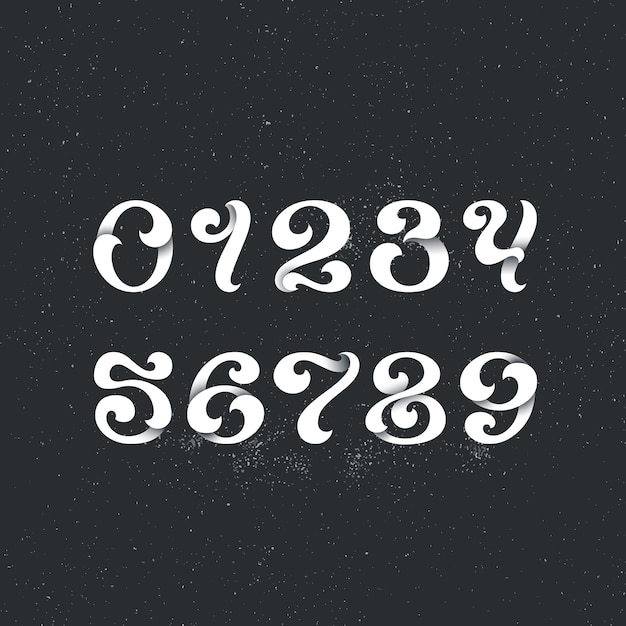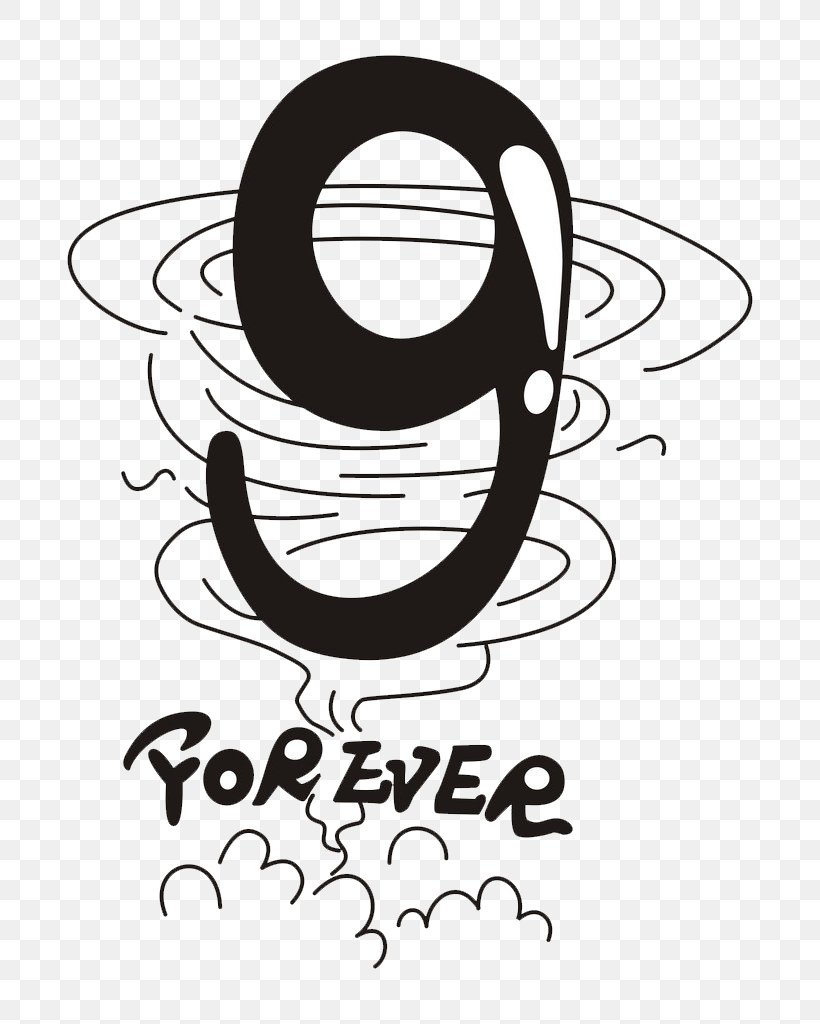- 10,236 arabic numerals font stock photos, vectors, and illustrations are available royalty-free. See arabic numerals font stock video clips. Try these curated collections. Search for 'arabic numerals font' in these categories.
- Arabic Font ‘Kaleem’ by Mostafa El Abasiry on Runya. Runya is the result of a two day fun side project, and Yanone’s excuse to finally contribute a proper hipster font. Runya is a proper hipster font. It supports Arabic, Farsi and Urdu. Design: Jan Gerner.
- Typography - Arabic numerals The brands behind the (Arabic) numbers. For some brands, the typography on the dial is a genuine signature, while for others it can change considerably depending on the model.
Overview

Traditional Arabic is a TrueType font with Arabic support.
These fonts are available in OpenType format and they support the Arabic, Persian and Urdu languages. But thatʼs not all: These fonts also include basis Latin characters that match the Arabic in style and weight, and an extra set of proportional numerals, and they adhere to Linotypeʼs high standard of technical quality.
| File name | Trado.ttf Tradbdo.ttf |
| Styles & Weights | Traditional Arabic Traditional Arabic Bold |
| Designers | N/A |
| Copyright | © 2015 The Monotype Corporation. Portions © Monotype Imaging. All Rights Reserved. |
| Font vendor | Glyph Systems |
| Script Tags | dlng:'Arab' slng:'Arab', 'Latn' |
| Code pages | 1252 Latin 1 1256 Arabic 862 Hebrew 437 US |
| Fixed pitch | False |
Licensing and redistribution info
- Font redistribution FAQ for Windows
- License Microsoft fonts for enterprises, web developers, for hardware & software redistribution or server installations
Products that supply this font
| Product name | Font version |
|---|---|
| Windows 10 | See the Windows 10 page. |
| Windows 8.1 | See the Windows 8.1 page. |
| Windows 8 | See the Windows 8 page. |
| Windows 7 | See the Windows 7 page. |
| Windows Vista | 5.00 |
| Windows XP | 1.01 |
| Windows Server 2008 | 5.00 |
| Windows Server 2003 | 1.01 |


This typeface is also available within Office applications. For more information visit this page.
Style & weight examples
Traditional Arabic
Traditional Arabic Bold
Two different forms of numerals exist in Arabic text. You can write precisely the same number using either of the two systems of numerals. This means you can use either Arabic numerals or Hindi numerals to write numbers in Arabic typesetting. But what’s the difference and which is best to use?
What are Arabic numerals and Hindi numerals?
Arabic numerals (or “Western Arabic”) are numbers written in the same form as they would be in English. “Hindi numerals” (or “Eastern Arabic”) work the same but look different, as this chart shows:
Arabic typesetting uses either “Arabic numerals” or “Hindi numerals”
Although Arabic text is written from right to left, numbers are always read from left to right – whichever form of numerals are used.
What about “Roman numerals”?
Roman numerals are a quite different system of writing numbers, using letters for particular amounts. TV programmes made by the BBC have their year of production written in Roman numerals at the end of the credits. For instance, “2011” is “MMXI” and “1984” is “MCMLXXXIV”. These are never used in Arabic typesetting.
Which are best?
Either Hindi or Arabic numerals can be used but which is most appropriate depends on factors such as the purpose of the document, the type and location of the audience, etc.

Arabic typesetting for Algeria or Morocco should definitely lean towards using Arabic numerals (remember how they are also called “Western Arabic numerals”). Arabic typesetting for, say, Saudi Arabia or UAE should lean towards using Hindi numerals. However, some “house styles” in the Middle East call for Arabic numerals. Another factor to consider is Arabic numerals are more suited to a multilingual audience, as these have become the de facto globalised standard. If you are unsure which numerals to use for your Arabic audience, it might be best to seek expert advice, ask the end client or be prepared to change on proof.
Arabic Numbers Font
Choosing Arabic or Hindi numerals in InDesign
Switching between Arabic and Hindi numerals is extremely easy in InDesign ME. Select the text to be changed, go to the Digits menu in the Character Palette and choose “Arabic” or “Hindi”. The various plug-ins that allow access to the World Ready Composer have similar, simple to use menu options. That is, of course, assuming that the font you are using supports both.
If you have a font that contains Hindi numerals, you can even “type” them using the Glyph palette in the English version of InDesign. They are in the Unicode table at 0660 to 0669 (PDF of Unicode 6.0 chart for Arabic). On the Mac, you can even change your keyboard to Arabic (enable it in System Preference’s Language & Text) and then just type numbers in an Arabic font to get Hindi numerals. Be a little careful though: as you are actually typing the Hindi numerals directly, these will not change back to Arabic numerals if you change your settings or font. Be aware too that entering Arabic words this way in English InDesign “out of the box” will not compose the letters correctly.
Arabic Numerals Font
You can also switch how numbers are displayed in Word in Advanced Word Options.
Can I mix and match?
Arabic Numerals 1 100
On the whole, you pick either Arabic numerals or Hindi numerals and stick to that system within a given publication. The only exception would be in pieces of “foreign” text within the Arabic typesetting. For instance, in a document using Hindi numerals, it might well make sense to leave an English postcode or the number of an ISO standard in Arabic numerals.
Arabic Numerals On Watches
That’s an overview of Arabic and Hindi numerals. If you want to know more, feel free to ask. For a more general overview, read my earlier post on Arabic typesetting.